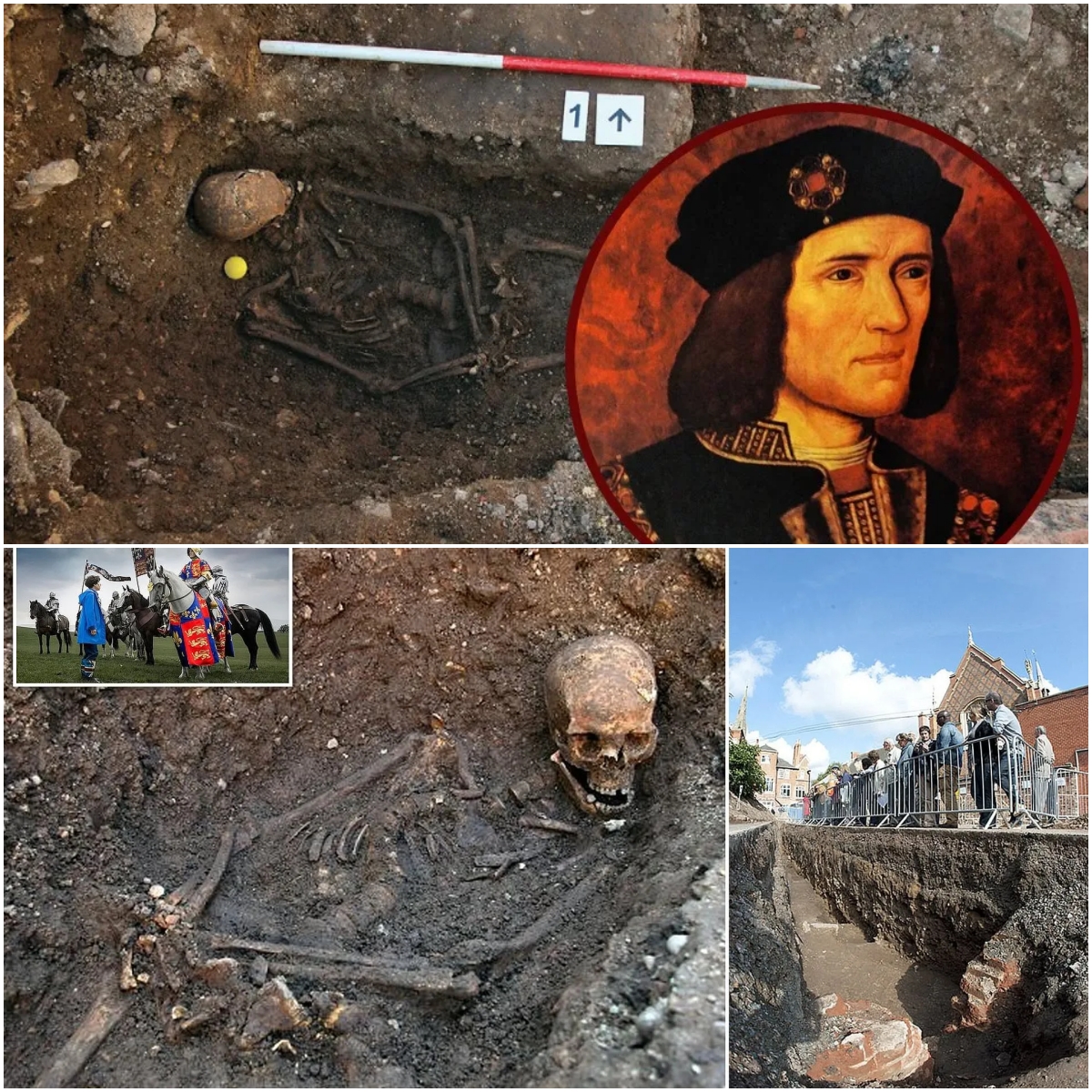Tutankhamun’s Dismantling: Secrets Beyond the Mummy
King Tut, one of the most iconic figures of ancient Egypt, is not only remembered for his mysterious life and reign, but also for the extraordinary and controversial measures taken to preserve his mummy. Discovered in 1922 by archaeologist Howard Carter, the mummy of the young pharaoh presented great challenges due to the materials and rituals used in its embalming, which led to extreme decisions that marked the history of archaeology.
During the funeral process, the ancient Egyptians applied generous amounts of resins and aromatic ointments to the pharaoh’s body. However, these substances, subjected to the extreme heat of the Valley of the Kings climate, penetrated deeply into the linen wrappings, irreversibly adhering the body to the coffin. When trying to separate the mummy, archaeologists ran into a dilemma: preserving the body required an invasive approach.
To free the mummy, the decision was made to carefully dismantle the body. The torso was cut in half at the hips to remove the pelvis and legs from the coffin. The arms, including shoulders, elbows and wrists, were separated in order to unroll the bandages and remove the valuable gold bracelets he was wearing.
Each of these parts was stabilized with hot paraffin wax, an unusual but necessary method at the time to prevent deterioration. The hands and feet, after being removed, were reattached using resin, in an attempt to reconstruct the integrity of the pharaoh’s body.
One of the most shocking moments of the process was the separation of the gold death mask from the king’s face. Due to the adhesion caused by the resins, hot knives were used to cut off the head and neck. To examine the condition of the teeth, anatomist Douglas Derry made an incision around the jaw and throat, causing damage that was later repaired with resin.
Although this procedure may seem drastic from a modern perspective, it allowed experts to obtain valuable information about Tutankhamun. The painstaking disarticulation provided clear views of the bones, which helped more accurately estimate his age at the time of his death, between 18 and 19 years old.
The treatment of King Tut’s mummy has been the subject of debate for decades. Although the process allowed us to discover anatomical details and solve some mysteries about his life, it is also considered an invasive intervention that would not be accepted in modern archeology today.
The pharaoh’s legacy remains a reminder of the advances and failures of science, and his story continues to fascinate the world, not only for his life and reign, but also for his mummy’s complex and controversial journey through time.











